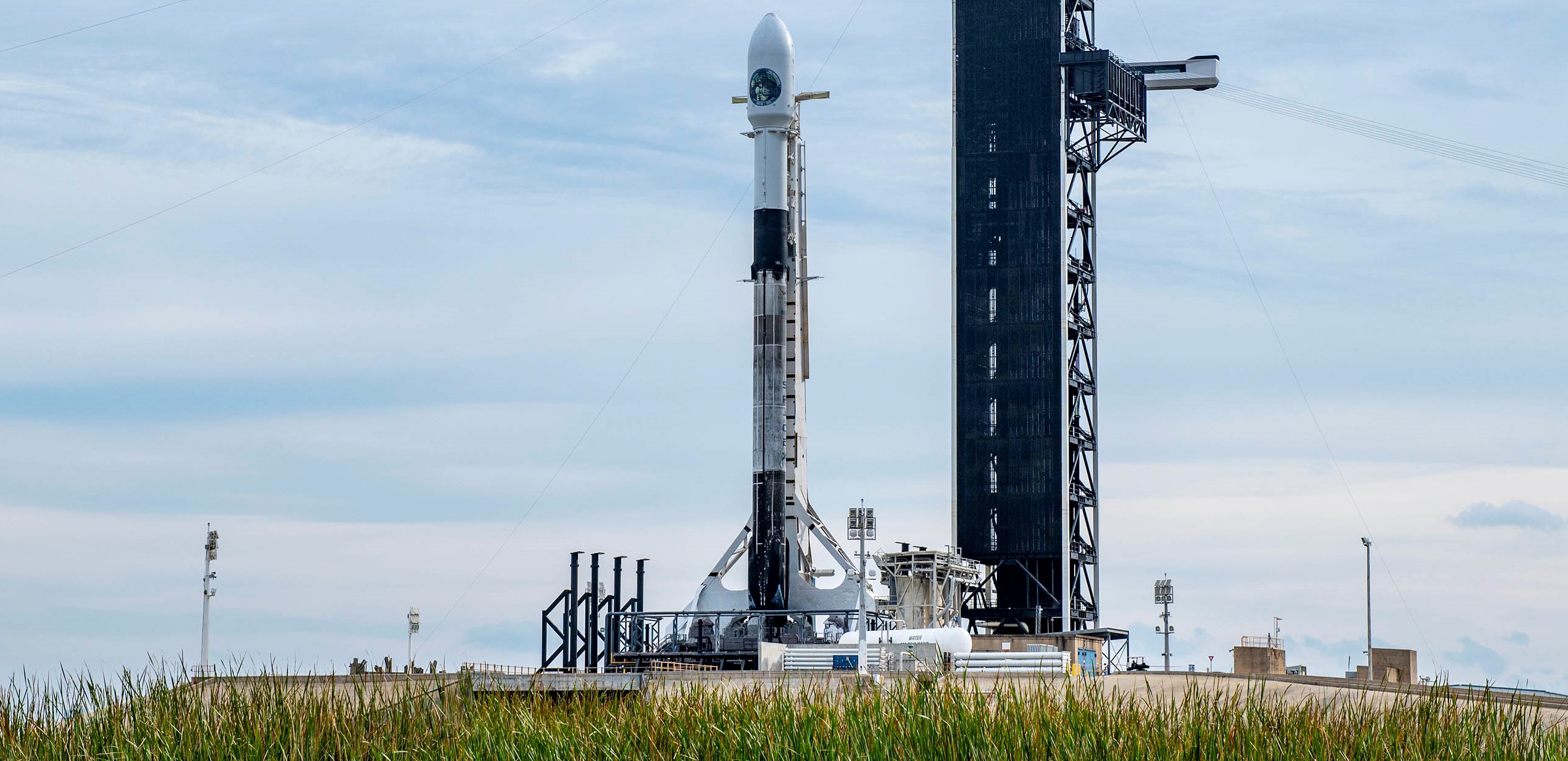
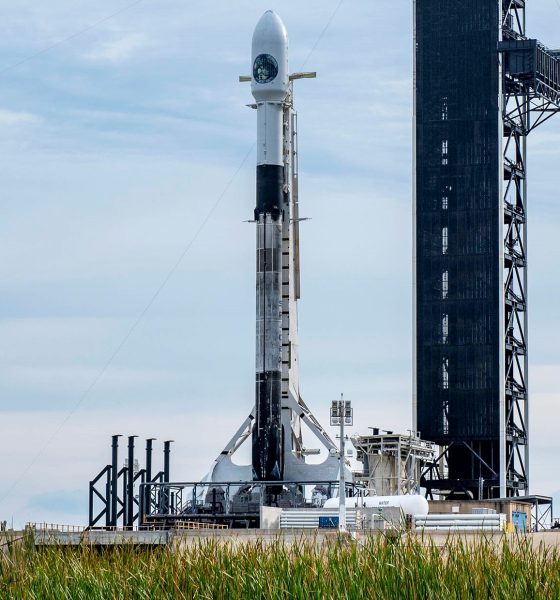
News
Watch SpaceX’s last launch and landing of 2020 live [webcast]
Update: Despite no plans for a preflight static fire, SpaceX remains on track to attempt its last launch and landing of 2020 as early as 9 am EST (14:00 UTC), Thursday, December 17th.
After performing a routine preflight wet dress rehearsal (WDR) and booster static fire prior to every launch since September 2016, SpaceX has gradually begun to loosen the requirement for flight-proven rockets in 2020. Instead, if a prior flight or post-flight inspection reveal issues, static fires will serve more as a data-driven diagnostic tool. For flight-proven boosters with a clean bill of health, so to speak, SpaceX appears to be confident enough to skip the procedure on a few internal Starlink launches and the odd customer mission.
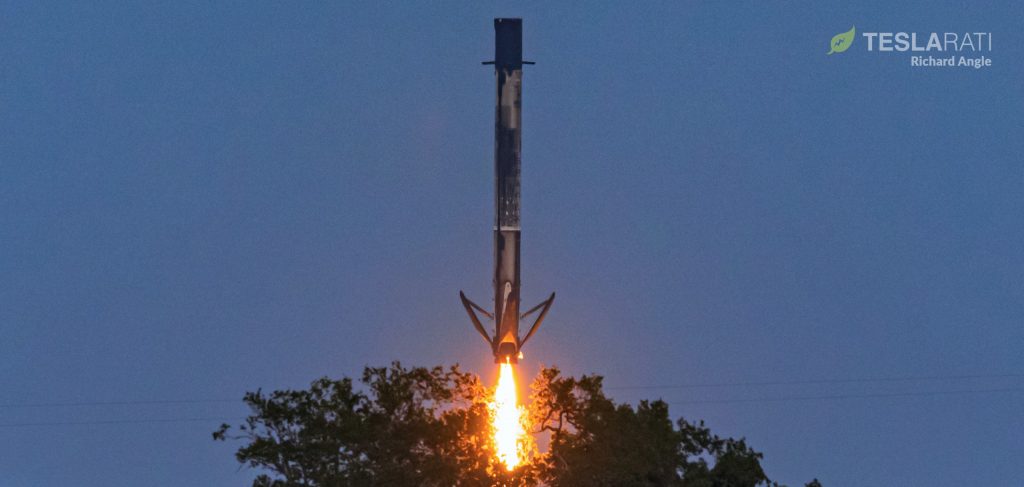
Now, despite NROL-108 begin the NRO’s first direct launch contract with SpaceX and first flight on a flight-proven Falcon 9 rocket of any kind, let alone the four-flight booster assigned to support it, the espionage agency apparently has equal faith in SpaceX. Falcon 9 B1059, a new upper stage and payload fairing, and the unspecified NROL-108 payload(s) went vertical at Kennedy Space Center (KSC) Launch Complex 39A on December 16th – far too late for any WDR or static fire testing prior to an early December 17th launch attempt.
The mission will be SpaceX’s 26th and final launch of 2020 and – barring a major surprise – the last orbital US launch of the year. As usual, SpaceX will broadcast the launch live, with coverage beginning around 15 minutes prior to liftoff (8:45 am EST/UTC-5).
The National Reconnaissance Office (NRO) says that SpaceX remains on track to attempt its last Falcon 9 launch and landing of the year after an almost two-month delay.
Originally scheduled to launch as early as October, the secretive orbital espionage agency’s NROL-108 launch plans were quietly revealed in routine communication permission requests filed by SpaceX with the FCC. Unfortunately, those plans came around the same time as a Falcon 9 booster engine issue aborted a SpaceX launch at the last second and forced the company to undergo a quick but extensive anomaly investigation. As it turns out, the Falcon 9 booster assigned to support NROL-108 (B1059) was practically siblings with the three new boosters affected by the investigation.
SpaceX may have had to swap some of the nine Merlin 1D engines on B1059, although a far less likely outcome given that B1059 had successfully completed four launches and landings at that point. Ultimately, while nothing is known for sure, payload-side issues with the NROL-108 satellite(s) are the most likely cause of most of the eight-week delay that followed. Now, confirmed by the NRO on December 14th, SpaceX is scheduled to launch its second mission for the spy agency no earlier than (NET) 9 am to 12 pm EST (14:00-17:00 UTC) on Thursday, December 17th.
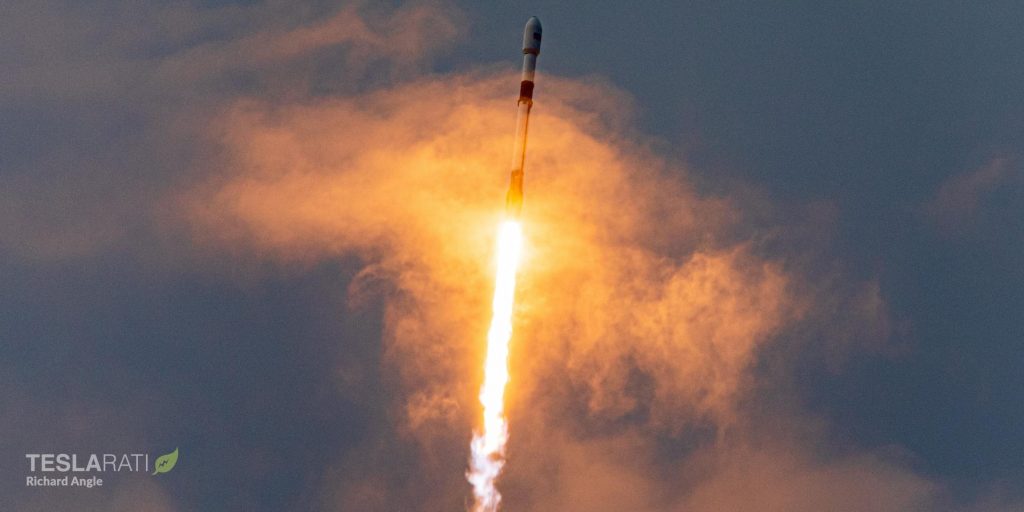
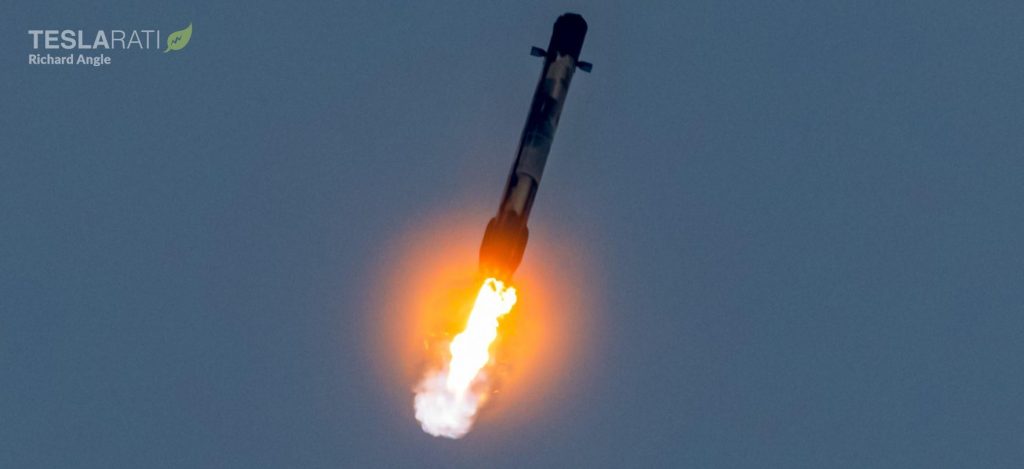
For SpaceX, this will be the third time in a single month that a customer has effectively leapfrogged several Falcon 9 booster reuse milestones, once again exhibiting an extreme amount of confidence in the company’s expertise with flight-proven rockets. On December 6th, Falcon 9 booster B1058 lifted off for the fourth time in support of SpaceX’s CRS-21 space station resupply mission for NASA, marking the space agency’s first launch on a twice- or thrice-flown booster.
On December 13th, carrying a large communications satellite for Sirius XM, another Falcon 9 booster lifted off for the seventh time, becoming the first private customer to launch on a five-flight or six-flight SpaceX rocket.
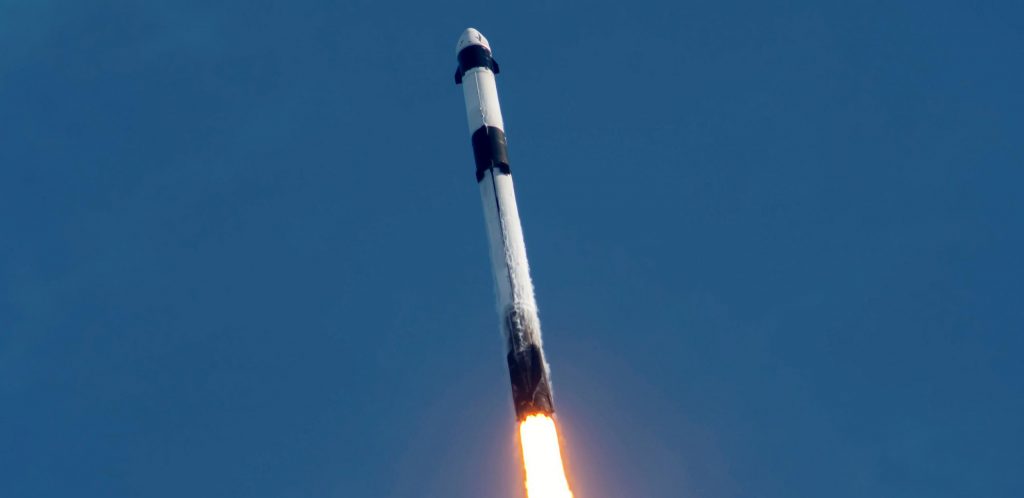
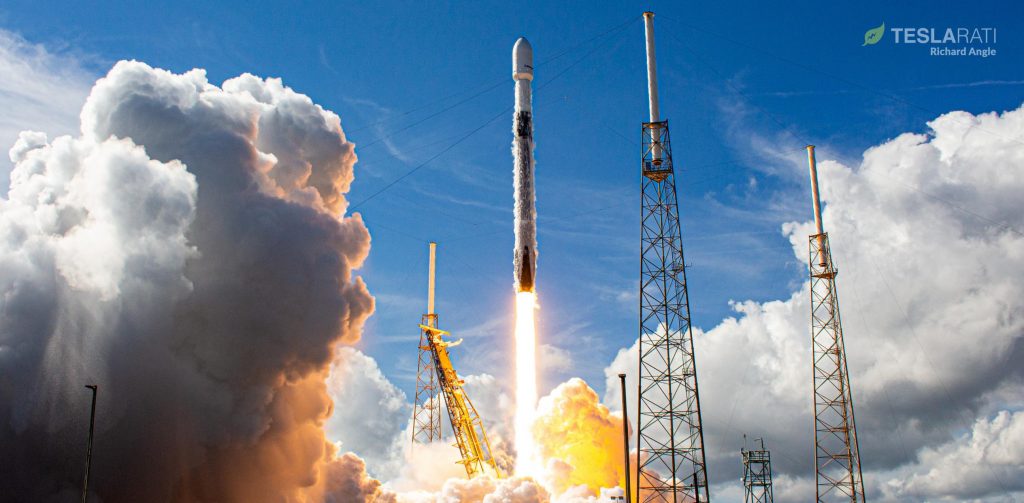
As few as four days after SXM-7, SpaceX is now scheduled to launch the mysterious NROL-108 mission. It will be the first time the NRO has launched a payload on a flight-proven commercial rocket of any kind, as well as its first launch on a two-flight, three-flight, or four-flight booster – by far the biggest numerical leap a SpaceX customer has ever taken. NRO’s first and only SpaceX launch – technically contracted by spacecraft provider Bell Aerospace, not NRO itself – was completed in May 2017.
While less significant, NROL-108 will also be SpaceX’s first US government launch on a four-flight Falcon 9 booster, yet another indication that even its most conservative customers have fully bought into the value and technical viability of reusable rockets.
After launch, Falcon 9 B1059 will flip around and head back towards the Florida coast for a landing at one of SpaceX’s two East Coast Landing Zones. Deploying a minute or so after booster separation, Falcon 9’s two payload fairing halves are expected to splash down some 330 km (~205 mi) downrange, where SpaceX recovery ships GO Search and GO Ms Tree will attempt recovery.

News
Tesla FSD fleet is nearing 7 billion total miles, including 2.5 billion city miles
As can be seen on Tesla’s official FSD webpage, vehicles equipped with the system have now navigated over 6.99 billion miles.

Tesla’s Full Self-Driving (Supervised) fleet is closing in on almost 7 billion total miles driven, as per data posted by the company on its official FSD webpage.
These figures hint at the massive scale of data fueling Tesla’s rapid FSD improvements, which have been quite notable as of late.
FSD mileage milestones
As can be seen on Tesla’s official FSD webpage, vehicles equipped with the system have now navigated over 6.99 billion miles. Tesla owner and avid FSD tester Whole Mars Catalog also shared a screenshot indicating that from the nearly 7 billion miles traveled by the FSD fleet, more than 2.5 billion miles were driven inside cities.
City miles are particularly valuable for complex urban scenarios like unprotected turns, pedestrian interactions, and traffic lights. This is also the difference-maker for FSD, as only complex solutions, such as Waymo’s self-driving taxis, operate similarly on inner-city streets. And even then, incidents such as the San Francisco blackouts have proven challenging for sensor-rich vehicles like Waymos.
Tesla’s data edge
Tesla has a number of advantages in the autonomous vehicle sector, one of which is the size of its fleet and the number of vehicles training FSD on real-world roads. Tesla’s nearly 7 billion FSD miles then allow the company to roll out updates that make its vehicles behave like they are being driven by experienced drivers, even if they are operating on their own.
So notable are Tesla’s improvements to FSD that NVIDIA Director of Robotics Jim Fan, after experiencing FSD v14, noted that the system is the first AI that passes what he described as a “Physical Turing Test.”
“Despite knowing exactly how robot learning works, I still find it magical watching the steering wheel turn by itself. First it feels surreal, next it becomes routine. Then, like the smartphone, taking it away actively hurts. This is how humanity gets rewired and glued to god-like technologies,” Fan wrote in a post on X.
News
Tesla starts showing how FSD will change lives in Europe
Local officials tested the system on narrow country roads and were impressed by FSD’s smooth, human-like driving, with some calling the service a game-changer for everyday life in areas that are far from urban centers.

Tesla has launched Europe’s first public shuttle service using Full Self-Driving (Supervised) in the rural Eifelkreis Bitburg-Prüm region of Germany, demonstrating how the technology can restore independence and mobility for people who struggle with limited transport options.
Local officials tested the system on narrow country roads and were impressed by FSD’s smooth, human-like driving, with some calling the service a game-changer for everyday life in areas that are far from urban centers.
Officials see real impact on rural residents
Arzfeld Mayor Johannes Kuhl and District Administrator Andreas Kruppert personally tested the Tesla shuttle service. This allowed them to see just how well FSD navigated winding lanes and rural roads confidently. Kruppert said, “Autonomous driving sounds like science fiction to many, but we simply see here that it works totally well in rural regions too.” Kuhl, for his part, also noted that FSD “feels like a very experienced driver.”
The pilot complements the area’s “Citizen Bus” program, which provides on-demand rides for elderly residents who can no longer drive themselves. Tesla Europe shared a video of a demonstration of the service, highlighting how FSD gives people their freedom back, even in places where public transport is not as prevalent.
What the Ministry for Economic Affairs and Transport says
Rhineland-Palatinate’s Minister Daniela Schmitt supported the project, praising the collaboration that made this “first of its kind in Europe” possible. As per the ministry, the rural rollout for the service shows FSD’s potential beyond major cities, and it delivers tangible benefits like grocery runs, doctor visits, and social connections for isolated residents.
“Reliable and flexible mobility is especially vital in rural areas. With the launch of a shuttle service using self-driving vehicles (FSD supervised) by Tesla in the Eifelkreis Bitburg-Prüm, an innovative pilot project is now getting underway that complements local community bus services. It is the first project of its kind in Europe.
“The result is a real gain for rural mobility: greater accessibility, more flexibility and tangible benefits for everyday life. A strong signal for innovation, cooperation and future-oriented mobility beyond urban centers,” the ministry wrote in a LinkedIn post.
News
Tesla China quietly posts Robotaxi-related job listing
Tesla China is currently seeking a Low Voltage Electrical Engineer to work on circuit board design for the company’s autonomous vehicles.

Tesla has posted a new job listing in Shanghai explicitly tied to its Robotaxi program, fueling speculation that the company is preparing to launch its dedicated autonomous ride-hailing service in China.
As noted in the listing, Tesla China is currently seeking a Low Voltage Electrical Engineer to work on circuit board design for the company’s autonomous vehicles.
Robotaxi-specific role
The listing, which was shared on social media platform X by industry watcher @tslaming, suggested that Tesla China is looking to fill the role urgently. The job listing itself specifically mentions that the person hired for the role will be working on the Low Voltage Hardware team, which would design the circuit boards that would serve as the nervous system of the Robotaxi.
Key tasks for the role, as indicated in the job listing, include collaboration with PCB layout, firmware, mechanical, program management, and validation teams, among other responsibilities. The role is based in Shanghai.
China Robotaxi launch
China represents a massive potential market for robotaxis, with its dense urban centers and supportive policies in select cities. Tesla has limited permission to roll out FSD in the country, though despite this, its vehicles have been hailed as among the best in the market when it comes to autonomous features. So far, at least, it appears that China supports Tesla’s FSD and Robotaxi rollout.
This was hinted at in November, when Tesla brought the Cybercab to the 8th China International Import Expo (CIIE) in Shanghai, marking the first time that the autonomous two-seater was brought to the Asia-Pacific region. The vehicle, despite not having a release date in China, received a significant amount of interest among the event’s attendees.








